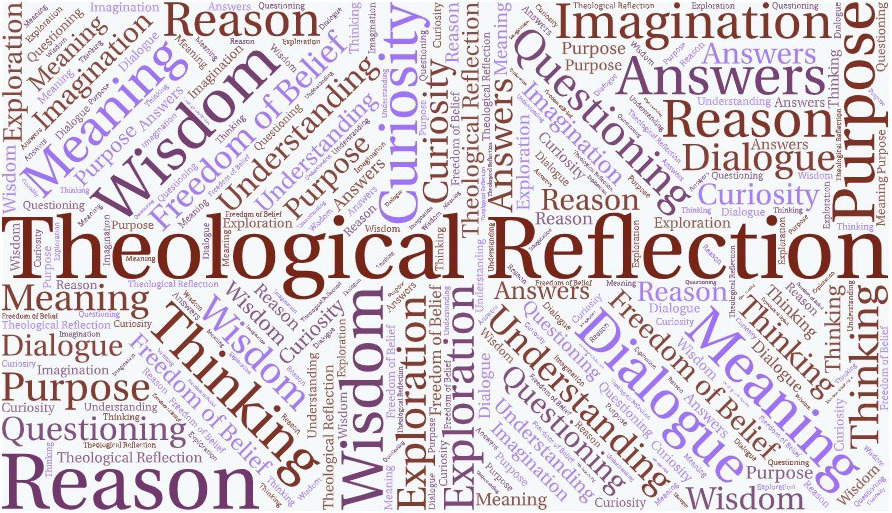
Last Sunday we were blessed by the words, wisdom and witness of Mandisa Thomas, founder and director of Black Nonbelievers, an organization created to address the need to expand the narrative of what motivates people of color to live ethical, compassionate and just lives founded on the premise that belief in God is not the single way in which such lives are built. Her words were well received and opened a dialogue about what it is that draws us together as a congregation which is made of of those for whom the idea of a God or goodness is meaningful and those for whom such concepts are not. The basis for our gathering is not agreement about belief but a willingness to accept that there are many pathways to live a life of love, hope and justice.
One of the questions that was asked of Mandisa following her remarks was about the role of spirituality in humanism, a concept that the speaker responded was not meaningful for her. And this is true for others as well. I wonder, however, if we might agree that fundamentally, regardless of the substance of one’s spirituality, the concept points to what human beings define as giving meaning to their lives. That spirituality has been long associated with religion and theology in general and certain theological beliefs in particular obscures the essence of spirituality which if addressed etymologically actually asks, “What gives you breath?” Meaning, what sustains and enlivens you? What captures your essence and your understanding of your place in the universe, your purposes and your passions?
Here theological reflection is turned on its head. It is not so much about a particular relationship to a spirit, or God, but how it is that we understand that we are connected at all to that which is so much larger than each of us, and to each other as well.
Spirituality, is a perpetual process of reflection that helps shape the meaning of our lives and the experiences that shape us. It is inherently theological if one understands the concept of theology to be less about belief in God and more about how we determine what is meaningful at all in our lives. To that end, I would have us consider the words of my colleague Victoria Safford, whose reflection relates this meaning most profoundly.
Map of the Journey in Progress by Rev. Victoria Safford
Here is where I found my voice and chose to be brave.
Here’s a place where I forgave someone, against my better judgment, and I survived that, and unexpectedly, amazingly, I became wiser.
Here’s where I was once forgiven, was ready for once in my life to receive forgiveness and to be transformed. And I survived that also. I lived to tell the tale.
This is the place where I said no, more loudly than I’d thought I ever could, and everybody stared, but I said no loudly anyway, because I knew it must be said, and those staring settled down into harmless, ineffective grumbling, and over me they had no power anymore.
Here’s a time, and here’s another, when I laid down my fear and walked right on into it, right up to my neck into that roiling water.
Here’s where cruelty taught me something. And here’s where I was first astonished by gratuitous compassion and knew it for the miracle it was, the requirement it is. It was a trembling time.
And here, much later, is where I returned the blessing, clumsily. It wasn’t hard, but I was unaccustomed. It cycled round, and as best I could I sent it back on out, passed the gift along. This circular motion, around and around, has no apparent end.
Here’s a place, a murky puddle, where I have stumbled more than once and fallen. I don’t know yet what to learn there.
On this site I was outraged and the rage sustains me still; it clarifies my seeing.
And here’s where something caught me—a warm breeze in late winter, birdsong in late summer.
Here’s where I was told that something was wrong with my eyes, that I see the world strangely, and here’s where I said, “Yes, I know, I walk in beauty.”
Here is where I began to look with my own eyes and listen with my ears and sing my own song, shaky as it is.
Here is where, if by surgeon’s knife, my heart was opened up—and here, and here, and here, and here. These are the landmarks of conversion.
Source: https://www.uua.org/worship/words/meditation/map-journey-progress
Blessings, Aaron.
